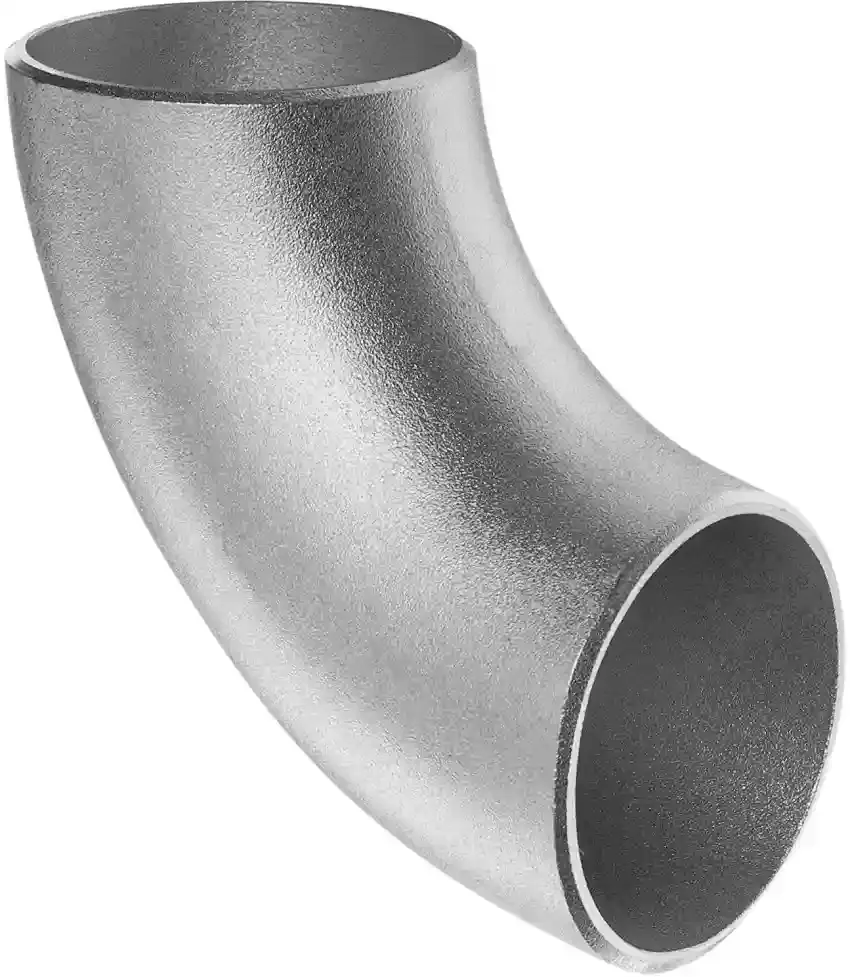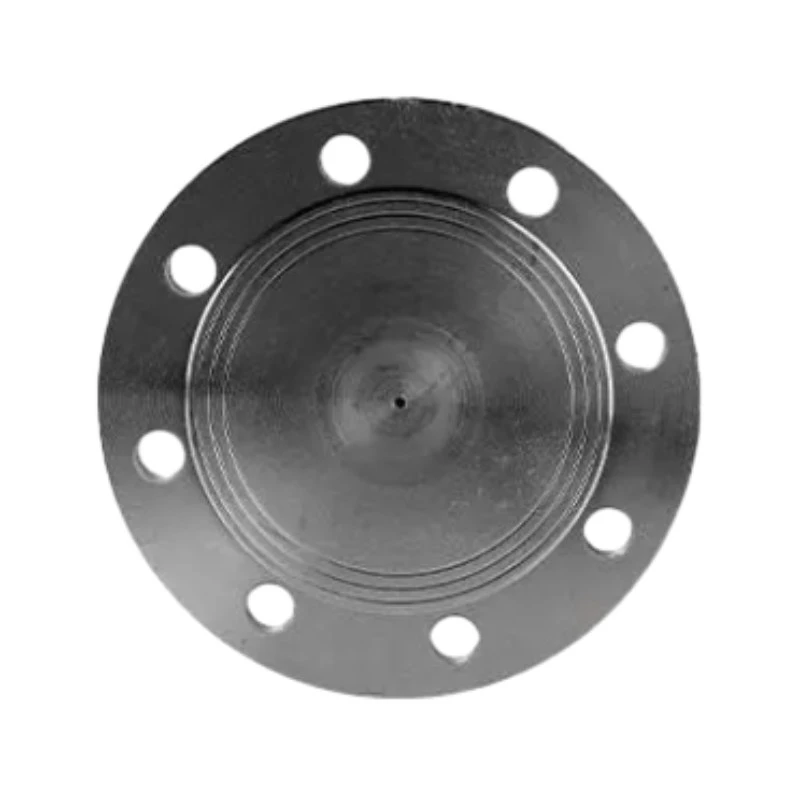-
Cangzhou Yulong Steel Co., Ltd.
-
Phone:
+86 13303177267 -
Email:
admin@ylsteelfittings.com
- English
- Arabic
- Italian
- Spanish
- Portuguese
- German
- kazakh
- Persian
- Greek
- French
- Russian
- Polish
- Thai
- Indonesian
- Vietnamese
- Zulu
- Korean
- Uzbek
- Hindi
- Serbian
- Malay
- Ukrainian
- Gujarati
- Haitian Creole
- hausa
- hawaiian
- Hebrew
- Miao
- Hungarian
- Icelandic
- igbo
- irish
- Japanese
- Javanese
- Kannada
- Khmer
- Rwandese
- Afrikaans
- Albanian
- Amharic
- Armenian
- Azerbaijani
- Basque
- Belarusian
- Bengali
- Bosnian
- Bulgarian
- Catalan
- Cebuano
- China
- China (Taiwan)
- Corsican
- Croatian
- Czech
- Danish
- Esperanto
- Estonian
- Finnish
- Frisian
- Galician
- Georgian
- Kurdish
- Kyrgyz
- Lao
- Latin
- Latvian
- Lithuanian
- Luxembourgish
- Macedonian
- Malgashi
- Malayalam
- Maltese
- Maori
- Marathi
- Mongolian
- Myanmar
- Nepali
- Norwegian
- Norwegian
- Occitan
- Pashto
- Dutch
- Punjabi
- Romanian
- Samoan
- Scottish Gaelic
- Sesotho
- Shona
- Sindhi
- Sinhala
- Slovak
- Slovenian
- Somali
- Sundanese
- Swahili
- Swedish
- Tagalog
- Tajik
- Tamil
- Tatar
- Telugu
- Turkish
- Turkmen
- Urdu
- Uighur
- Welsh
- Bantu
- Yiddish
- Yoruba

Feb . 15, 2025 10:24 Back to list
pipe flange types
In the world of industrial piping systems, pipe flanges play a crucial role in maintaining the integrity and functionality of the assembly. As an essential component, flanges are the backbone of many mechanical networks, ensuring that pipes are adequately connected without leaks. Understanding the different types of pipe flanges, their applications, and their advantages is critical for anyone involved in designing, maintaining, or operating piping systems.
The Lap Joint Flange is another notable type designed for applications requiring frequent dismantling. It is typically used with a stub-end, facilitating quick assembly and disassembly, which is particularly beneficial in maintenance-intensive environments like food processing plants. Though the pressure ratings are not as robust as other flanges, their ease of use and ability to accommodate misalignments make them indispensable in systems where cleaning and inspection are routine. Blind Flanges serve a unique yet critical role, effectively sealing off the ends of piping systems. Engineers employ blind flanges both to terminate piping and to allow for future system expansions or modifications. Their ability to withstand pressure from internal pipe flow without passage closure is invaluable in testing pipeline equipment and temperature flow settings, proving indispensable in petrochemical and high-pressure fluid systems. Last but not least, Threaded Flanges are used primarily in scenarios where welding is inadvisable. Their design allows pipes to be screwed into the flange, making installation straightforward. This particular flange type is often employed in small diameter, high-pressure applications in environments with explosive hazards, providing a reliable seal without needing a welded joint. Navigating the diverse types of pipe flanges demands a comprehensive understanding of their unique applications and limitations. Professionals must consider factors like pressure capacity, temperature resilience, installation ease, and maintenance requirements when selecting the appropriate flange type. By leveraging expertise and authoritative knowledge in this field, industries can optimize their piping systems for safety, efficiency, and longevity, ensuring the seamless transmission of fluids and gases crucial to their operations.


The Lap Joint Flange is another notable type designed for applications requiring frequent dismantling. It is typically used with a stub-end, facilitating quick assembly and disassembly, which is particularly beneficial in maintenance-intensive environments like food processing plants. Though the pressure ratings are not as robust as other flanges, their ease of use and ability to accommodate misalignments make them indispensable in systems where cleaning and inspection are routine. Blind Flanges serve a unique yet critical role, effectively sealing off the ends of piping systems. Engineers employ blind flanges both to terminate piping and to allow for future system expansions or modifications. Their ability to withstand pressure from internal pipe flow without passage closure is invaluable in testing pipeline equipment and temperature flow settings, proving indispensable in petrochemical and high-pressure fluid systems. Last but not least, Threaded Flanges are used primarily in scenarios where welding is inadvisable. Their design allows pipes to be screwed into the flange, making installation straightforward. This particular flange type is often employed in small diameter, high-pressure applications in environments with explosive hazards, providing a reliable seal without needing a welded joint. Navigating the diverse types of pipe flanges demands a comprehensive understanding of their unique applications and limitations. Professionals must consider factors like pressure capacity, temperature resilience, installation ease, and maintenance requirements when selecting the appropriate flange type. By leveraging expertise and authoritative knowledge in this field, industries can optimize their piping systems for safety, efficiency, and longevity, ensuring the seamless transmission of fluids and gases crucial to their operations.
Latest news
-
ANSI 150P SS304 SO FLANGE
NewsFeb.14,2025
-
ASTM A333GR6 STEEL PIPE
NewsJan.20,2025
-
ANSI B16.5 WELDING NECK FLANGE
NewsJan.15,2026
-
ANSI B16.5 SLIP-ON FLANGE
NewsApr.19,2024
-
SABS 1123 FLANGE
NewsJan.15,2025
-
DIN86044 PLATE FLANGE
NewsApr.19,2024
-
DIN2527 BLIND FLANGE
NewsApr.12,2024
-
JIS B2311 Butt-Welding Fittings LR/SR 45°/90° /180°Seamless/Weld
NewsApr.23,2024











